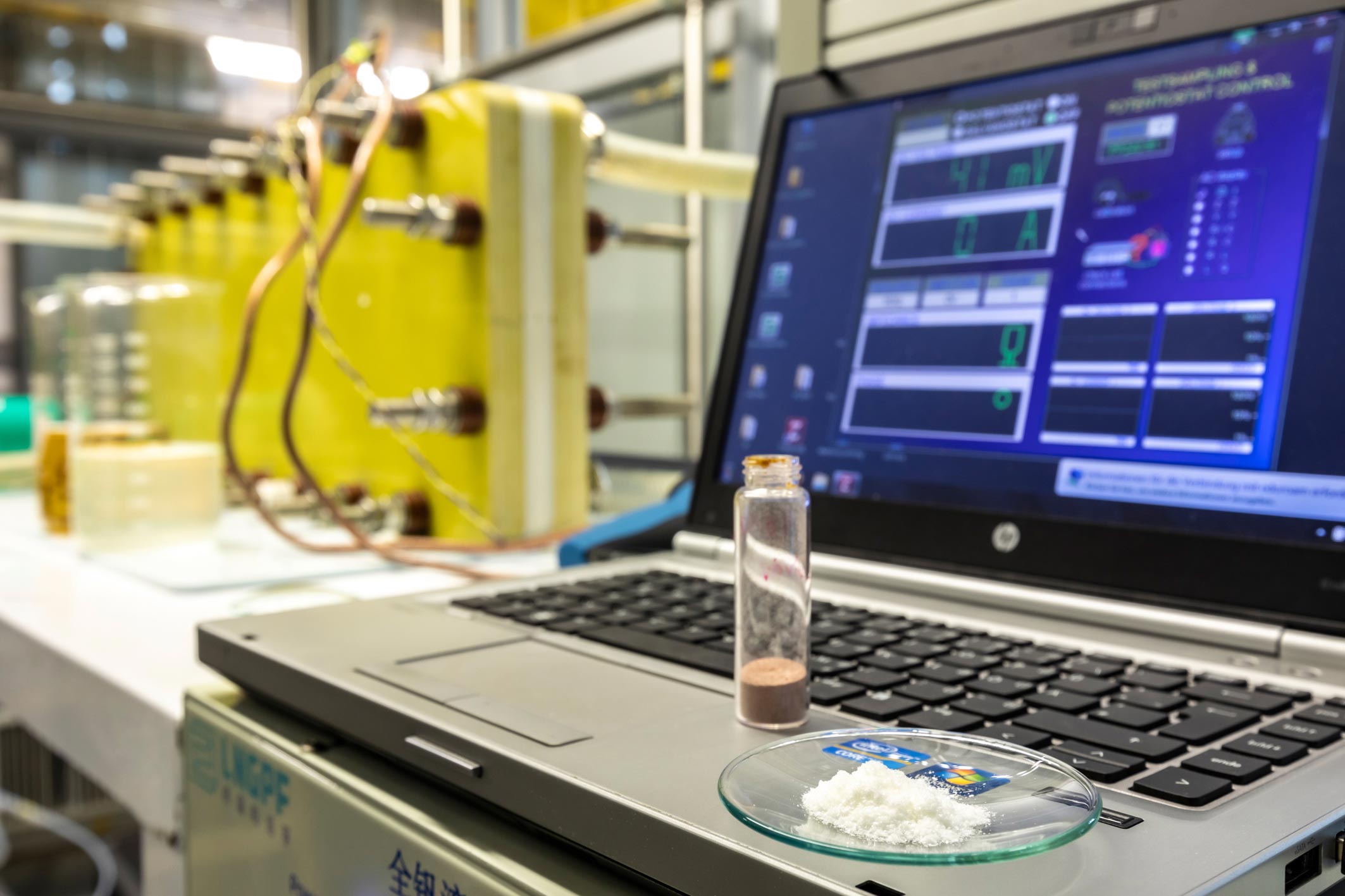However, ammonia is formed when protein is broken down during digestion. Ammonia, which is extremely dangerous for the body and contains nitrogen, reaches the liver through the blood. The liver converts ammonia into urea nitrogen, which is less dangerous to the body. Urea nitrogen coming to the kidneys through the blood is filtered out of the body with urine. In this way, toxic waste materials from protein digestion are removed from the body. In the case of kidney disease, the level of urea nitrogen in the blood rises, causing many different conditions. Blood urea nitrogen, BUN (Blood Urea Nitrogen) test, or in other words, blood urea nitrogen test is performed. Renal functions are evaluated by testing the amount of urea nitrogen in the blood. Frequently asked question of what is BUN in blood can be answered in this way. Before moving on to the low and high of the BUN, it is necessary to understand what a BUN is.
What’s that?
Ammonia occurs when protein from food is broken down into amino acids by the digestive system. Being extremely toxic to the body, ammonia contains some nitrogen. Ammonia, which reaches the liver through the blood, turns into urea and is released into the blood to reach the kidneys. In the case of proper functioning of the kidneys, urea nitrogen, which is harmful to the body, is separated from the blood and excreted in the urine. However, since this is done in a cycle, there is always a fixed amount of urea nitrogen in the blood. In kidney disease, urea cannot be separated from the blood and cannot rise. The BUN test, defined as Blood Urea Nitrogen, or in other words, blood urea nitrogen, is a laboratory test used to measure urea nitrogen fixed in the blood. The question of what is a BUN test can be answered in this way. This test with blood taken from the arm has a reference range of 10 to 20 mg / dL for adults and 5 to 18 mg / dL for children. A high BUN value indicates that the urea nitrogen formation is high in the liver, ie insufficient for urea nitrogen to be separated from the blood by the kidneys. High BUN levels can be a harbinger of many serious health problems such as kidney failure, digestive system problems, thyroid hormone disorders, and major kidney disorders such as heart failure. A BUN value below the reference range indicates that the protein taken through food and some of which is synthesized in the body is not adequately digested by the digestive system or is under nutrition. The results of the BUN test are evaluated together with the creatinine values. The BUN test, which is frequently performed in additional laboratory examinations requested by different department physicians, is frequently applied to the nephrology department, diabetes, hypertension and heart patients to evaluate kidney function. In addition, the BUN test is used to determine the effectiveness of drugs used in the treatment of kidney-related diseases and to measure the amount of nitrogen in the blood in case of dehydration. In this context, BUN test is applied in the diagnosis and follow-up of a wide variety of diseases, such as acute, chronic kidney diseases and kidney failure. As no advance preparation is required, the test is carried out easily and quickly.
What should the BUN value be?
The reference range for the BUN test, also known as urea nitrogen in the blood, is 10 mg / dL and 20 mg / dL in adults. In children, 5 mg / dL and 18 mg / dL are considered reference values. The result obtained above the reference values in the BUN test may be a precursor of acute or chronic kidney disease, and the result above the critical value may be an indication of more serious conditions such as kidney failure. Due to these diseases, a decrease in blood flow to the kidneys can also cause serious heart conditions such as congestive heart failure. High BUN value can also be seen due to dehydration caused by the lack of drinking water for a long time or by holding the urine for a long time. In a healthy pregnancy, the BUN test result is considered to be high, within certain limits. It is not uncommon for the BUN test result to be below the reference value. This condition, which is mostly due to excessive fluid consumption, rarely indicates a disease. In addition to the BUN test, a creatinine test should be done to find out if kidney function is working properly. Electrolyte tests may also be required.
When is the BUN test done?
After the protein is digested by the stomach and small intestine, the resulting ammonia is transferred to the liver through the blood. Ammonia is broken down by the liver and urea is converted into nitrogen. Urea nitrogen mixes into the blood and reaches the kidneys. Although about 10% of urea nitrogen is excreted through sweat, the remaining majority is filtered by the kidney and excreted in the urine. However, as the urea cycle is constantly being renewed, there is always some urea nitrogen in the body. This amount of nitrogen is measured with the blood urea nitrogen test known as the BUN test. Another answer to the question of what it means is this. The situations where the BUN test is performed are listed below:
- Understanding whether current complaints are caused by kidney function
- Detection of kidney damage
- Understanding whether kidney function is healthy
- Following treatment for kidney-related diseases
- Checking the current status of existing kidney disease
- Evaluation of water loss in the body
- Diagnosing many diseases as part of blood tests
What is a low BUN value?
Low BUN is not common. This situation, which occurs due to irregular and malnutrition, can also be seen due to excessive water consumption. In general, the low amount of BUN, which occurs as a result of the body not meeting the amount of protein it needs from the diet, can result from the use of antibiotics and anabolic steroid drugs. Rarely, diseases such as liver-related diseases, absorption problems of the digestive system, diabetes, cirrhosis, and tuberculosis can also cause a decrease in BUN. In addition, surgical interventions of the pancreas, removal of part of the pancreas, pancreatic insufficiency and certain diseases such as cancer, cystic fibrosis, Crohn’s disease, and Zollinger-Ellison Syndrome, abbreviated as ZES, can cause low urea nitrogen levels.
What is a high BUN value?
High urea nitrogen, the end product of protein metabolism in BUN testing, is often a precursor to a kidney-related condition. High BUN value, which manifests itself with symptoms such as foam in the urine, pain during urination, fatigue and weakness, can also be seen due to problems in the heart and blood circulation. In addition, thyroid hormone disorders, digestive system disorders, irregular and protein-rich diet, excessive exercise, can cause urea nitrogen level in the blood to be above reference values. Intense stress, prolonged hunger, febrile illnesses, and the presence of infection also cause increased BUN levels.
For a healthy life, do not forget to check your health regularly.



